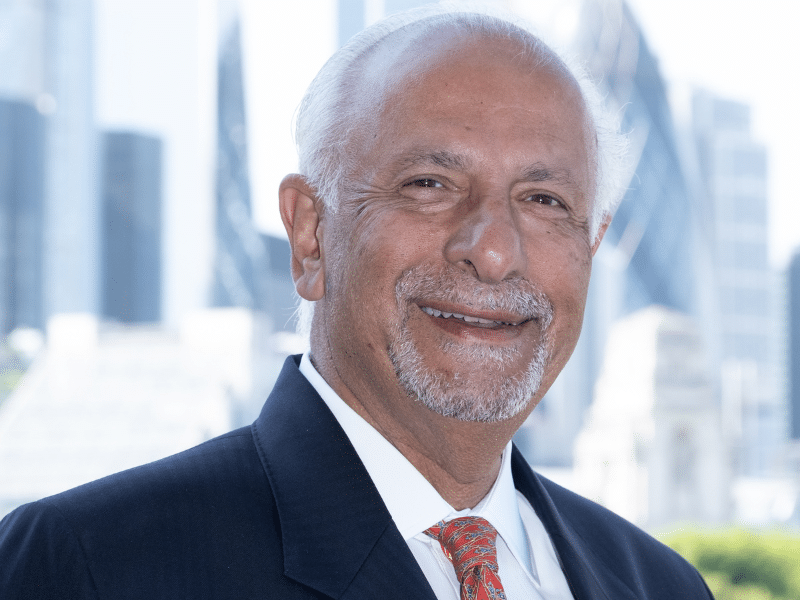 BBC News
BBC NewsBorrowing was £17.4bn last month, the second highest October figure since monthly records began in 1993.

Dinesh Dhamija
Fed up with buying expensive semiconductors from Taiwan, Japan and the United States, the Indian government is luring international chipmakers with a $10 billion subsidy.
The country’s first semiconductor plant will start construction in August, with US-based Micron Technology due to start production at the $2.75 billion facility by December 2024.
“This is the fastest for any country to set up a new industry,” said Ashwini Viashnaw, Indian minister of electronics and information technology. He is keen to bring this crucial technology in-house, as India builds up its smartphone and electric vehicle manufacturing base, which both rely heavily upon sophisticated chips.
The move is part of a larger agenda: “The Government of India aspires to position India among the world’s top five scientific powers,” says the India Brand Equity Foundation (IBEF). “India is aggressively working towards establishing itself as a leader in industrialisation and technological development.”
Part of the drive is to improve security of supply, to forestall the reliance upon Chinese vendors of parts for solar energy systems, for example, or of superconducting microprocessors and part is to boost employment and the overall economy.
As Thamashi De Silva at Capital Economics argues, the key to unlocking the India’s demographic potential is to build more factories and to develop a “globally competitive and labor-intensive manufacturing sector.” Yet restrictive labour laws, high import duties and troubling logistics issues have so far dissuaded many potential manufacturers. Countries such as Taiwan and Vietnam have trumped India in recent years, while the country’s logistics costs remain higher than those of China, South Korea, Japan, Malaysia and Thailand, according to figures from the World Bank.
Morgan Stanley’s 2022 report ‘Investment Opportunities in India’ predicts that global outsourcing spending will rise from $180 billion a year to $500 billion a year by 2030, meaning that India is “poised to become the factory to the world, as corporate tax cuts, investment incentives and infrastructure spending help drive capital investments in manufacturing.”
“Multinationals are now buoyant about the prospects of investing in India, and the government is helping their cause by investing in infrastructure as well as supplying land for building factories,” said Upasana Chachra, Morgan Stanley’s Chief India Economist. If multinationals respond to these incentives, as the report writers believe they will, manufacturing’s share of India’s GDP could jump from 15 per cent to 21 per cent by 2031, doubling the country’s export market share.
Electronics manufacture is at the heart of India’s economic ambitions. Invest India predicts that domestic demand for consumer electronics will more than double in four years, from $9.8 billion in 2021 to $21.18 billion in 2025, particularly in the smartphone market, as the country’s 1.3 billion mobile phone subscribers upgrade their handsets. “This presents a huge opportunity for companies and investors looking to tap into the manufacture of smartphones and other electronic devices,” wrote Aditi Singh in an Invest India report.
If India’s $10 billion chipmaking gamble pays off, it could yield the most extraordinary pay-out, further fuelling the country’s already astonishing economic ascent.
Dinesh Dhamija founded, built and sold online travel agency ebookers, before serving as a Member of the European Parliament. His latest book, The Indian Century, will be published later this year.